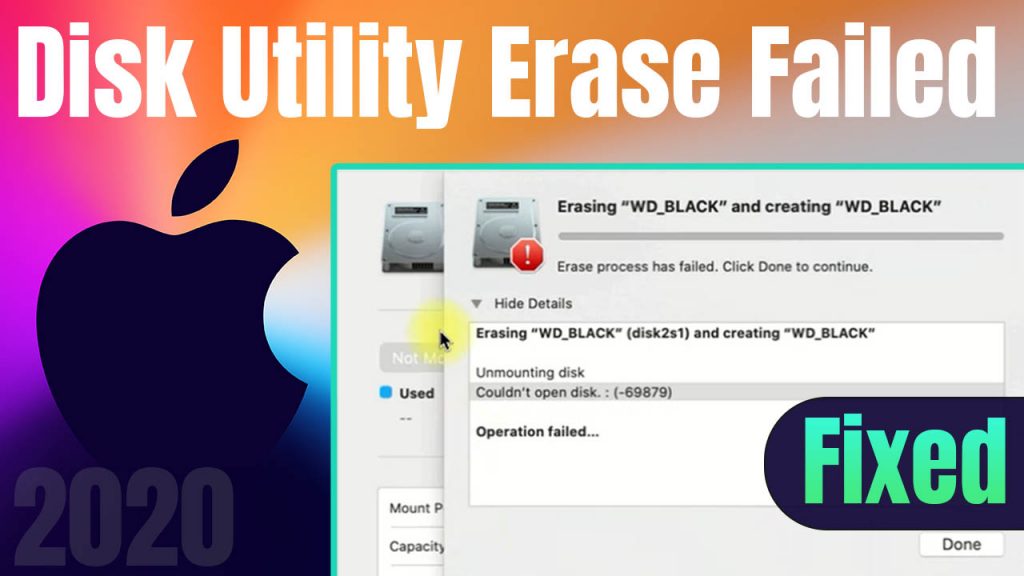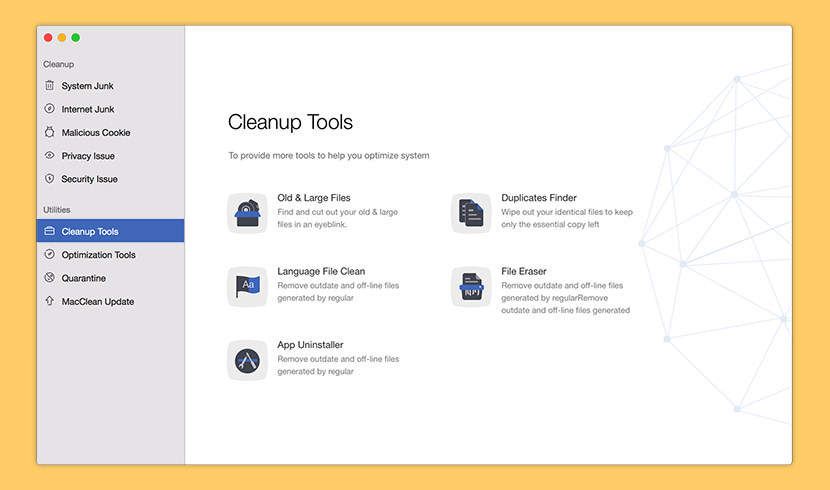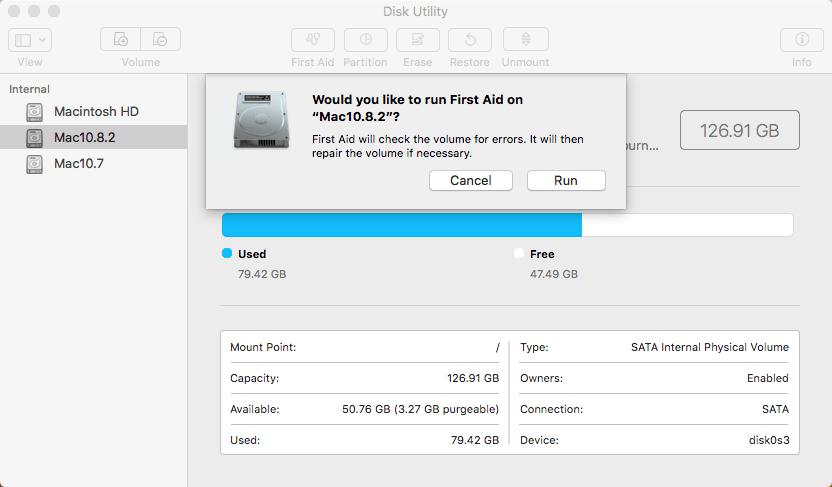
In eitherĬase, in order to be useful again, zero'd whole-disks will need to be (re)partitioned, or zero'd parti. The device can be a whole-disk or a partition. Man diskutil helps: zeroDisk deviceĮrase a device, writing zeros to the media. The unsecure/secure erase is only accessible via Terminal > diskutil zeroDisk|randomDisk|secureErase device. You'll find that there's an option to randomly write data followed by a single pass of zeros across the entire drive.

 Select the level of secure erase in the next window by moving the slider. Select the volume (not the physical disk, and not an SSD) in the sidebar. However, if you're wanting to do this with a HDD (and not an SSD), the option is still there in Disk Utility, although it's changed. When you deleted a file, it only deleted the pointer to the data, not the data itself.īoth Allan and Klanomath provide accurate advice on how to do this via Terminal. Now, if TRIM is enabled (and it should be if your Mac came with an SSD from the factory), it will handle the task of freeing up the blocks of data no longer in use making them available for immediate writing. For more security, consider turning on FileVault encryption These options are not needed for an SSDĭrive because a standard erase makes it difficult to recover data fromĪn SSD. Note: With an SSD drive, Secure Erase and Erasing Free Space are notĪvailable in Disk Utility. In fact, it is recommended (read that to mean highly advised) that you don't do a secure erase because you would be shortening the life expectancy of your SSD due to the increased write operations. This is not the case with an SSD nothing is magnetized. This is how COTS (Commercial Off the Shelf) utilities like Disk Drill software is able to reconstruct a drive. The reason you needed multiple passes or even the DoD 7 pass secure erase was because with traditional hard drives (HDDs) the data was stored on magnetic platters which left a residual magnetic imprint even when wiped. You don't need to do a secure erase of an SSD because a a standard erase is already more than enough to secure your data. Note: Level 2, 3, or 4 secure erases can take an extremely long time.
Select the level of secure erase in the next window by moving the slider. Select the volume (not the physical disk, and not an SSD) in the sidebar. However, if you're wanting to do this with a HDD (and not an SSD), the option is still there in Disk Utility, although it's changed. When you deleted a file, it only deleted the pointer to the data, not the data itself.īoth Allan and Klanomath provide accurate advice on how to do this via Terminal. Now, if TRIM is enabled (and it should be if your Mac came with an SSD from the factory), it will handle the task of freeing up the blocks of data no longer in use making them available for immediate writing. For more security, consider turning on FileVault encryption These options are not needed for an SSDĭrive because a standard erase makes it difficult to recover data fromĪn SSD. Note: With an SSD drive, Secure Erase and Erasing Free Space are notĪvailable in Disk Utility. In fact, it is recommended (read that to mean highly advised) that you don't do a secure erase because you would be shortening the life expectancy of your SSD due to the increased write operations. This is not the case with an SSD nothing is magnetized. This is how COTS (Commercial Off the Shelf) utilities like Disk Drill software is able to reconstruct a drive. The reason you needed multiple passes or even the DoD 7 pass secure erase was because with traditional hard drives (HDDs) the data was stored on magnetic platters which left a residual magnetic imprint even when wiped. You don't need to do a secure erase of an SSD because a a standard erase is already more than enough to secure your data. Note: Level 2, 3, or 4 secure erases can take an extremely long time. 
Ownership of the affected disk is required. Securely erases either a whole disk or a volume's freespace.ģ - Gutmann algorithm 35-pass secure erase. Usage: diskutil secureErase level MountPoint|DiskIdentifier|DeviceNode You can get a list of the options available to you by issuing the command without any options: $ diskutil secureErase Will erase your disk, identified by X, with a single pass of zeros. The following command diskutil secureErase 0 /dev/diskX







 0 kommentar(er)
0 kommentar(er)
